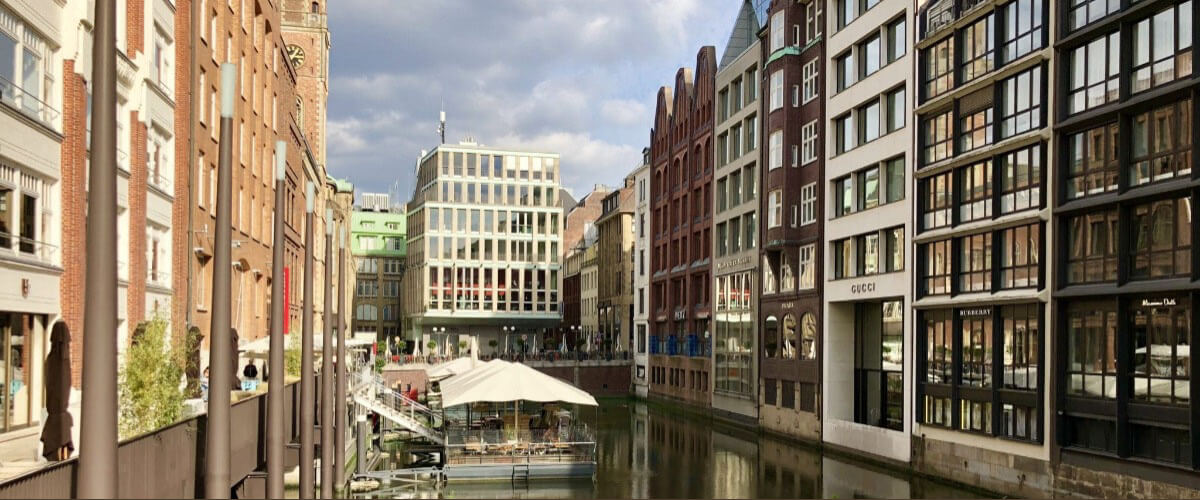Why Is Real Estate In Europe Becoming More Popular?
The real estate market in Europe has become increasingly attractive to investors over the last decade. It is due to several factors, such as lower prices compared to other parts of the world, access to excellent infrastructure and amenities, diverse investment opportunities, and good economic growth prospects. Additionally, Europe offers favorable tax regimes for property investments, making it an attractive destination for foreign investors.
Another reason why real estate in Europe is gaining popularity is the strong rental market. With an aging population and a growing demand for accommodation, rental properties are becoming increasingly attractive investments. This trend has been especially noticeable in cities such as London, Paris, Berlin, Rome, and Amsterdam, where there is a high demand for rental accommodation.
Moreover, the European real estate market is highly liquid and offers a variety of options to buyers. For example, buyers can choose from many properties, including single-family residences, apartments, townhouses, and commercial spaces. It makes it easy to find an investment that suits one’s individual needs, whether for a primary residence, a vacation home, or an investment property.
Finally, Europe has become more attractive to foreign investors as countries like France and Germany offer generous incentives such as reduced taxes on rental income and capital gains. In addition, many European countries have relaxed visa requirements to make it easier for foreign investors to buy and manage real estate investments.

All these factors have contributed to the increasing popularity of investing in real estate in Europe, making it an excellent choice for investors looking for potential capital appreciation and rental income.
Who is the target customer for real estate in Europe?
The target customer for real estate in Europe depends largely on the location, property type, and purchase purpose.
Generally speaking, first-time buyers are some of the most common customers looking to buy a home in Europe. They usually look for properties that are affordable or within their budget range, with easy access to public transport or amenities.
Investors are also a significant segment of customers, as they look to purchase properties with high rental yields or capital appreciation potential. For example, prime locations in cities such as Paris, London, and Berlin attract investors looking for long-term returns.
Finally, luxury real estate is increasingly becoming popular amongst wealthy individuals seeking a haven for their investments or second homes. Such customers usually look for luxury homes in desirable locations with features and amenities that cater to their lifestyles.
Overall, the target customers for real estate in Europe vary depending on the market conditions and other factors. Still, some of the most common customer segments are first-time buyers, investors, and wealthy individuals.

How big is the real estate industry in Europe?
The real estate industry in Europe is a massive market, accounting for over €2 trillion of the continent’s GDP. It is one of the largest industries in the EU, with an estimated 3 million people employed directly or indirectly. The sector has experienced steady growth over the last decade, and it continues to be an essential driver for economic development and job creation, particularly in countries such as Spain, Germany, and France. However, the European real estate market is highly fragmented, with many different organizations involved in its operation, including developers, investors, banks, and other financial institutions.

